May 26, 2022
New from old: reconfiguring an office for 21st century working
12 King Street has been a feature of Leeds business district since 1989, but as it marked its 30 years in the city, it was clear the building required significant modernisation.
Thanks to Fiera Real Estate and Opus North, and architects DLA Architecture, a strong 21st-century vision was born with a bold strategy to revitalise all seven floors, creating an office building that would set the standards for sustainability and design.
Challenged by Opus North to innovate and reimagine the building, Luke Brady Associate Director at DLA explains how the design team developed ideas for 12 King Street with a design that would elevate this landmark building, which sits within a conservation area.
Luke said while the original architect who designed the building has now retired, one of the existing directors at DLA worked on the original building design, which meant they could discuss the original thinking behind the design.
“DLA were involved from the beginning, conducting a full feasibility study to look at how the building could provide the highest quality workspace for the next occupiers of the building,” said Luke.
“There were lots of positive elements in the original building but for us, the key consideration was that it had to fulfil ESG criteria.
“Because of its location within a conservation area and the neighbouring buildings and delivering a highly sustainable development, the obvious solution was to upgrade the existing building rather than demolish and build afresh.”
The first task was to review the existing building envelope design and see its purpose as a single-working or multi-working space.
However, the arrival of the Covid-19 pandemic led to a number of changes and some specific design decisions have been taken to help future proof the interior spaces.
For example, super-loos – individually contained toilet cubicles with their own washbasin and dryer, all operated by contactless sensors – were included in the updated design brief because they remove touchpoints. These facilities are unisex but can easily be reconfigured for their use to be split as required by future occupiers.
Building management systems were key to controlling ventilation, heating and cooling, flow of traffic and high touchpoint areas, while internal design moved from a cellular arrangement to an open plan layout, which can be easily reconfigured in future.
The design team completed in-depth sector research to see how commercial office design was changing and what new thinking it could adopt and implement. It was important to think differently – as the British Council for Offices (BCO) says:
“A workspace is no longer just a desk. People work from a variety of places including meeting areas and quiet rooms, cafes and trains. Utilising space as flexible working areas encourages collaboration, teamwork and serendipitous exchanges of information and ideas. Furthermore, it is likely to offer a more attractive proposition to potential and current employees, making it easier for businesses to recruit and retain staff.”
Because of the pandemic, many people now have a good home office set up and this has only accelerated the rise in hybrid and agile working.
“When people do come into the office, they want to have the opportunity to come together and collaborate closely in open-plan settings but also have the opportunity to break out and relax in inspirational spaces,” said Luke.
“The modern office space needs to compete with the comfort of people’s home office set up, so these spaces should be able to flex and be reconfigured in order to allow tenants to grow and expand in future. Flexibility is absolutely key.”
Now nearing completion, and in the heart of the Leeds business district, 12 King Street has attained BREEAM Very Good rating, giving this prominent office building a new lease of life that will inspire occupiers and employees for generations to come.
Other News
September 20, 2022
How businesses can encourage the eco-friendly commuteSeptember 13, 2022
The benefits of working at 12 King StreetAugust 22, 2022
Leeds – A prime location for business